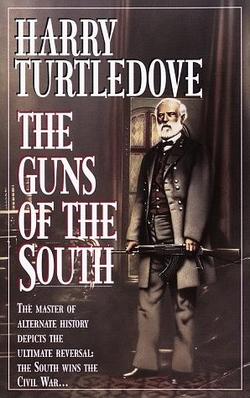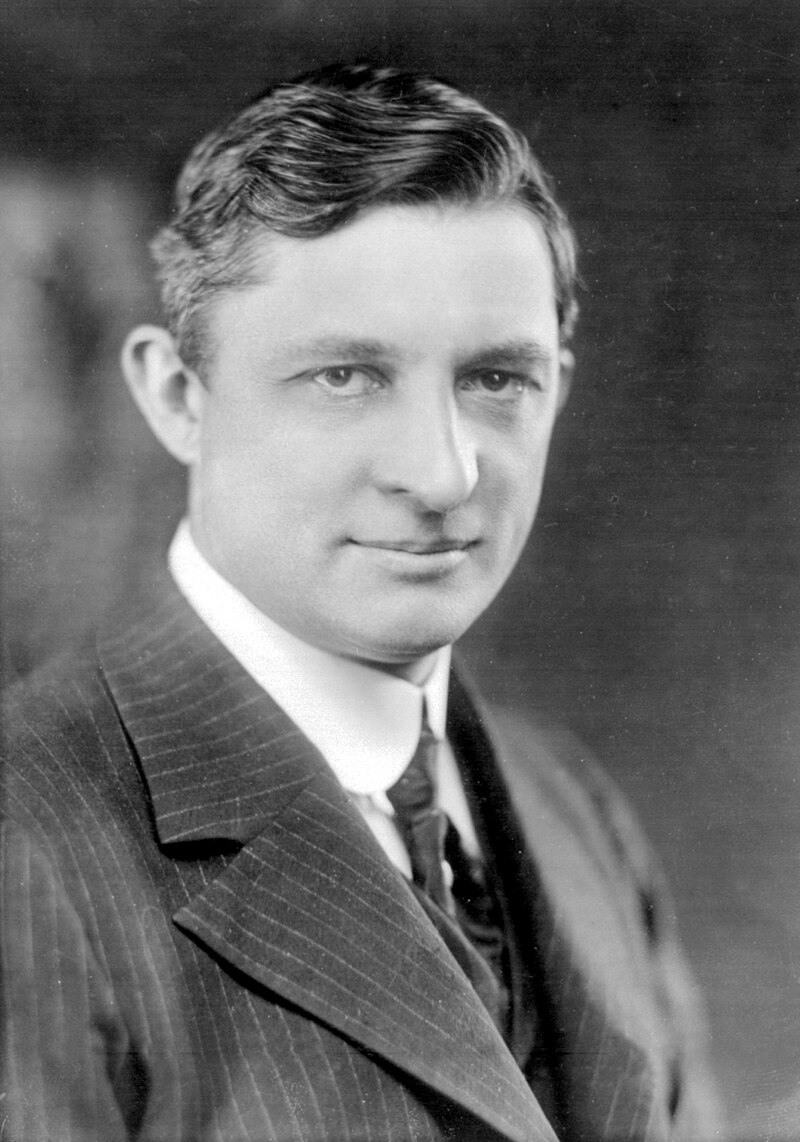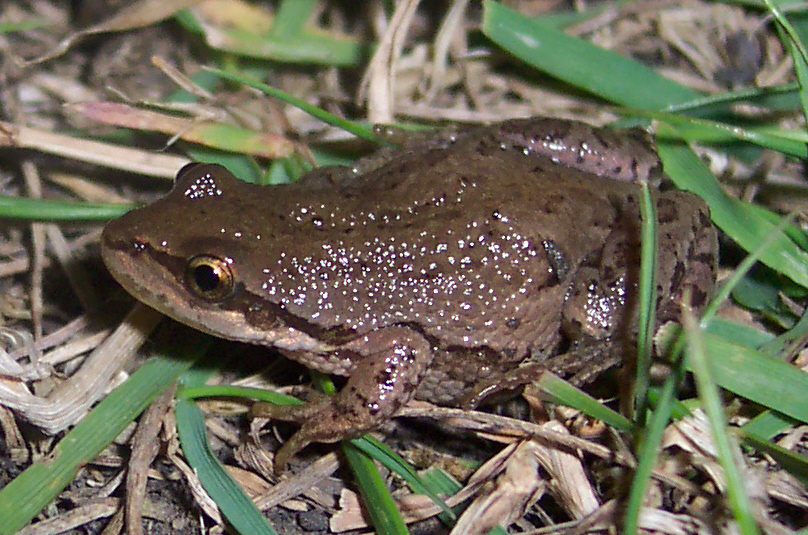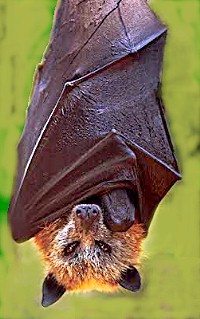
So, last night being New Year's Eve, and given that my family could benefit from a little added side income, I found myself driving a cab from 6:00 pm to 6:00 am.
Yes, I picked up several folks who'd had a bit too much to drink (though perhaps fewer than you might imagine), along with a few rather odd folks who had clearly been up to rather interesting activities, and two different groups who'd had blow-outs, wrecking their cars.
And, yes, I made some money. Humorously enough, my smallest tip came from a guy who kept telling me he was wearing a $1200 suit. He tipped me less than two bucks for a $14.00 trip. But, I guess that's why he has the money to buy expensive suits.
What surprised me, however, was that I had to chip ice away from the edges of my car door, after I'd turned in the cab this morning, and gone to retrieve our family sedan from the parking lot, before I could pry my frozen-shut door open to drive home.
We don't get a lot of ice like that, here in the Valley of the Sun.
I'm sure a lot of you out there are thinking: "A little ice. Boo hoo. Deal with it Desert Boy!" And, frankly, it can be hard to explain how odd this is, to someone from -- oh, say: Minnesota perhaps.
Which has me thinking of a rather remarkable little book called
My Arizona Home, written by a fellow named Desé R. Trat. Trat does a nice job of capturing both fact and flavor, when it comes to his description of the Phoenix area and Scottsdale, so I thought I'd share some excerpts with you. Happily, Trat was glad to give me permission to do so.
Trat's book begins with an explanation (if you could call it that) about why desert dwellers develop sort of love or "fever" for the place, with this rather odd opening note:
“In the upper soil levels of much of the desert southwest, there is a mildew-like fungus known as Coccidioidomycosis, or Cocci. You’ve probably heard it called 'Valley Fever.' Believe it or not, if you’ve lived in The Valley all your life, you’ve probably already had Valley Fever. Valley Fever can be dangerous …”
—Public Service Announcement
Televised in the Phoenix area, 1967-1978
(You may be interested to know that I remember seeing this ad on television. He then begins his winding roam through desert life. :)
Things in the desert are farther away than they appear. This is why a picnicker with a broken down car might die of thirst while walking to a near-by highway, and why his bleached bones might later be found twenty miles from the nearest paved surface.
But don’t think the desert sets traps for the unwary; it doesn’t.
The desert just has a dry sense of humor and likes to play practical jokes.
People who respect the desert stock their cars with little practical joke kits including: several gallons of water, a small shovel and a few boards for getting out of sand traps—plus maybe a flare gun, in case the joke starts growing old. Consequently, those who respect the desert tend to survive its practical jokes and often wind up developing a certain fondness for its sense of humor.
Those who don’t respect the desert, however, don’t usually develop this fondness—possibly because they are too busy having their bones bleached.
The Valley of the Sun (‘Hoozdo’ or ‘The place is hot’ to the Navajo Tribe) is really a huge basin area, occupying hundreds of square miles, surrounded by low mountain ranges and dominated by the Salt River.
This river (called ‘Onk Akimel’ or ‘Salty River’ by the Pima Tribe) drops 10,000 vertical feet from its origins in the White Mountains (the sacred ‘Dzil Ligai’ of the White River Apache Tribe) to enter the valley from the east and run across its width, pouring out to the west.
In the final years of that time period denoted by the initials B.C., the Hohokam—a prehistoric tribe of Native Americans—established the first known civilization in the Salt River Valley, building large communities and over a thousand miles of canals, which moved water from the Salt River to their farm fields.
The latest remains of the Hohokam indicate that their civilization died out, or significantly changed around the year 1450.
Today, two tribes in the area claim the Hohokam as their ancestors: the Tohono O’odham (meaning Desert People) and the Akimel (meaning River People).
The Tohono O’odham are often called the Maricopas, while the Akimel are often referred to as the Pimas (evidently, this is because the Akimel word for "I don't know what you are saying," sounds like "Pima" and was heard quite often by early settlers in the area, who took this as the tribal name.)
The two tribes share The Salt River Pima Maricopa Indian Community, which is very nearly surrounded by Scottsdale, Mesa, Chandler and Fountain Hills.
The Hebrew word ‘Jehu’ (pronounced Yay-hoo) means ‘reckless driver’. In the 1800’s when Arizona was still part of the New Mexico Territory, this word was used to designate a man who was a stagecoach driver—perhaps a strong indicator of the way those men drove their coaches.
Jack Swilling, born in Anderson County, South Carolina on April Fool’s day of 1830, entered the area now known as Arizona as a Jehu, helping to build Leach’s Wagon Road around 1850. After that, he became a miner, then a soldier and later an Indian scout. In 1867, after rounding up enough backers to make it possible, he revived the Hohokam canals, making Phoenix a viable place to live and farm.
Swilling died before a town site was incorporated, in 1881, on the north side of the Salt River. However, his friend picked the name Phoenix from Swilling’s dictionary—the only dictionary in the settlement. Thus, Jack Swilling is credited as the founding father of Phoenix.
With the spread of irrigation, due to Jack Swilling’s revived Hohokam canals, other cities and towns began sprouting up all over the Salt River Valley. Though it would not actually be incorporated until 1951, the city of Scottsdale was founded several miles northeast of Phoenix in 1894 by Winfield Scott, a retired army chaplain.
The current city of Scottsdale has spread north from that original location, climbing up into the foothills of the McDowell Mountains, Pinnacle Peak and other parts that rim The Valley.
Composed of bare rock, overlaid with a thin sheet of dirt, scrub plants and cacti, these mountains have no way to soak up rainwater. Thus, when it rains, the majority of the runoff does just as its name implies and
runs off, right down the mountainside, onto the flatlands below.
The result is that—somewhat perversely, perhaps—though Scottsdale is located in the desert, the major natural problem confronting city planners is flooding.
The desert is crisscrossed by hundreds of sand-bottomed wash beds—some as small as two feet across and a foot deep, and others as large as eight feet across, by six feet deep. These wash beds are usually bone dry. After a heavy rain, however, the water sheeting down from the mountains, joins in these washes. There it forms into solid rivers—fronted by a wall of water, up to six-feet-high—and can rush through the larger washes at freight train speeds.
These flash floods have been known to carry away people, cattle—even large trucks. The victims are often recovered miles downstream, drowned and battered by rocks, wreckage and other effluvium carried along at bone-splintering speeds by the raging waters.
Water, not blessed with a natural ability to ignore the effects of gravity, tends to run downhill. Thus, all that water, in all those washes, heads down off the mountains and flows south through the length of the city.
Natural drainage within the topography has created a sort of super wash—a runoff superhighway, if you will—that knifes through Scottsdale, up to a quarter-mile wide. Usually, this super wash just takes the form of a boring, dry wash bed, but occasionally it transforms itself into a dangerous raging torrent of turbulent dark flood waters. Those who lived in Scottsdale before the sixties, called this super wash “The Slough,” pronounced “Slew.”
The Slough runs through south Scottsdale between Miller road to the west, and Hayden road to the east. It runs through the city and then out of the city into Tempe, where it dumps into what used to be the Salt River, almost immediately south of the border between the two cities.
The river bed the slough dumps into was bone dry for decades, because the Salt River, which once ran deep and wide, was dammed up in a series of seven reservoirs north and east of the Superstition Mountains, in the early part of the Twentieth Century.
The original damming of the Salt River, and creation of the concomitant reservoirs, was a massive federal project akin to the Tennessee Valley Authority. The organization created to oversee all this was designated The Salt River Project.
Today, SRP, as it is popularly known, provides water and electricity to a major portion of the Valley of the Sun; without it, most of the people who live here, would have to live somewhere else.
Heavy rains can cause SRP to open the floodgates and let water out of the reservoirs, in order to keep them from overtopping the dams. The half-mile wide riverbed then fills with deep, running water.
When I was a kid, if SRP opened the floodgates, the Salt River would flow deep and muddy. Traffic running over the two-lane Mill Avenue Bridge, the only bridge over the Salt River back then, would back up for hours. And, when it rained that hard, a fast-flowing river usually ran down The Slough, which would dump its own quarter-mile-wide load into the Salt River bed just west of Hayden road.
There were no bridges at all over The Slough, meaning that Scottsdale was effectively bisected by a river of fast-flowing runoff. Scottsdale school teachers, who largely tended to inhabit the lesser-expensive housing found in Tempe, had no way of getting to the schools. When that happened, the schools would close for the day and thousands of children—myself included—would cheer.
In the Seventies, Scottsdale undertook an ambitious program to deal with the flooding of The Slough. The land that held The Slough was bought up from the farmers and others who owned it. Then the city dredged the bottom of The Slough and built earthen retaining walls, where needed, and constructed a series of bridges and large but unobtrusive culverts to carry the roadbeds above the flood waters.
Having effectively canalized and bridged The Slough, they then set about beautifying it. A long, interconnected series of parks and golf courses was constructed down the length of the flood area. Today, this area is known by the name designated by those far-reaching planners of the Seventies as the Scottsdale Greenbelt.
 |
| The Greenbelt in small flood time. |
The Greenbelt provides golf, parks, picnic areas, tennis courts, a skate park, miles of bicycle and jogging trails and many other forms of exercise and recreation for Valley Dwellers. When it floods, those few roads that still run through the bottom of the wash are closed. The raging waters run down over the parks and golf courses, and the repairs afterwards are fairly simple and comparatively inexpensive. Overall, the Greenbelt is a masterwork of form following function, which would have made Frank Lloyd Wright proud, if he had been involved in its construction.
 |
| The lake from the air. |
A few decades after Scottsdale created the Greenbelt, the city of Tempe created Tempe Town Lake.
Today, much of the old Salt River bed in Tempe is filled by this lake, retained by the banks of the
 |
| The lake as Tempe residents tend to see it, near Mill Ave. Bridge. |
river bed on the north and south sides, and by inflatable dams on the east and west ends. When SRP opens the floodgates, the dams can be deflated, and the Salt River flows, once more, through its historic channel.
See you in two weeks!
—Dixon







































